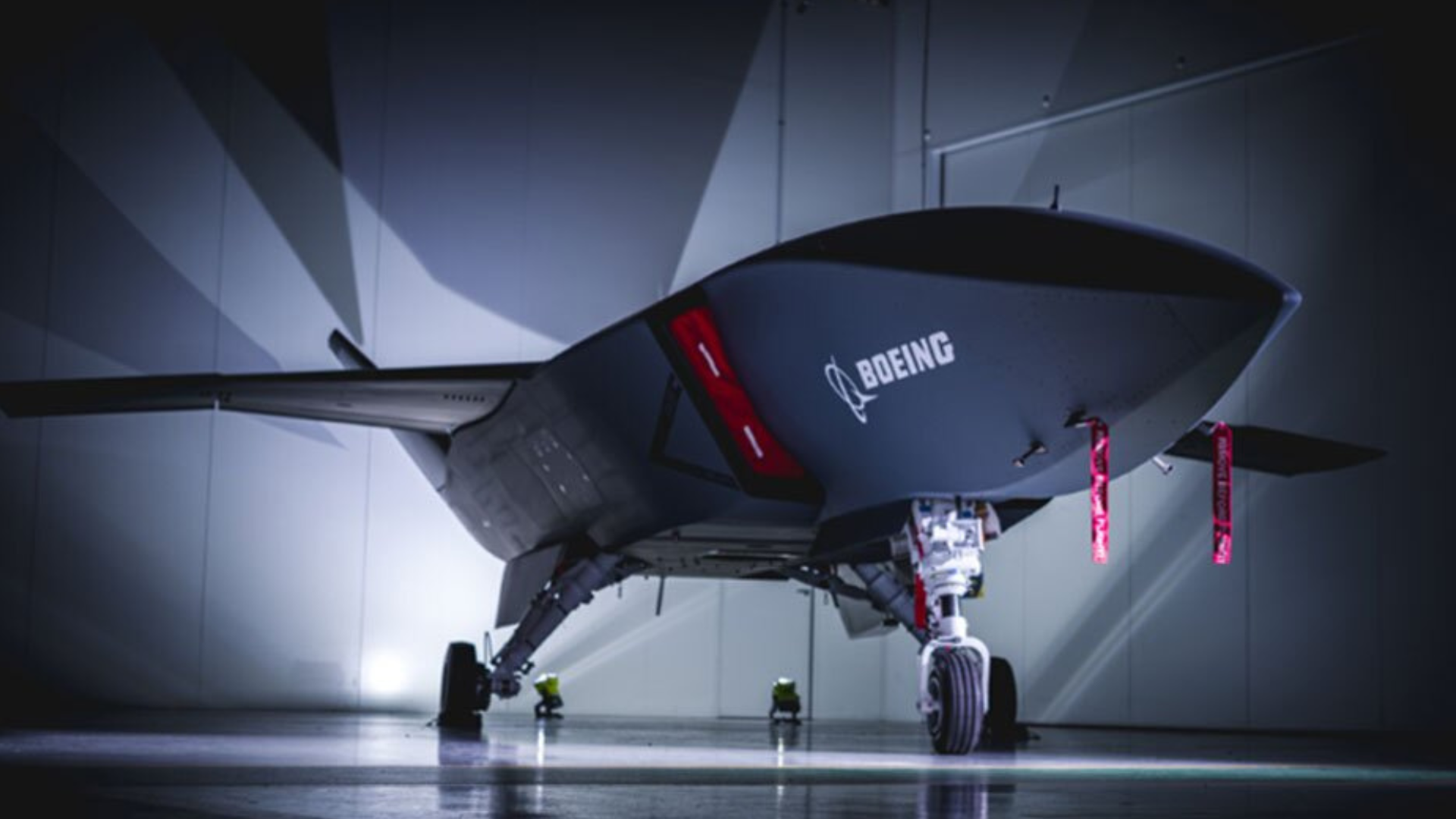The future of defense aviation is being shaped by a new generation of unmanned systems, and at the forefront stands the Boeing MQ-28 Ghost Bat. Developed in partnership with the Royal Australian Air Force, this aircraft is not a conventional drone, but a “loyal wingman” designed to operate alongside manned fighter jets. Its role is to extend mission capabilities, increase survivability, and enhance combat power without putting pilots at unnecessary risk.
The Ghost Bat is equipped with advanced sensors, autonomous flight systems, and stealth features that allow it to perform a wide range of missions. From intelligence gathering and reconnaissance to electronic warfare and even combat support, the aircraft can be adapted with modular payloads depending on operational needs. This flexibility makes it a highly attractive option for modern air forces looking to maximize efficiency while minimizing costs.
Flight testing has already proven the aircraft’s ability to integrate with piloted jets, opening the door to new strategies where human and unmanned aircraft cooperate seamlessly. By leveraging artificial intelligence, the MQ-28 can make real-time decisions, reducing the workload for human pilots and providing critical support during high-risk missions.
Globally, the program has drawn significant attention as countries explore the potential of unmanned wingmen to strengthen their defense capabilities. With its innovative design and combat versatility, the MQ-28 Ghost Bat represents a decisive step in the evolution of air warfare. It highlights how the collaboration between manned and unmanned aircraft is set to define the battlefields of tomorrow.

